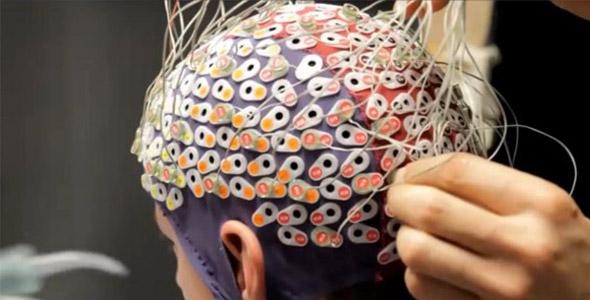The Most Effective Way to Understand Your Donors

The Most Effective Way to Understand Your Donors
A large portion of our business is coming alongside nonprofit organizations as strategic consultants, development advisers, and marketing and creative innovators. Without question, we get asked by every organization about what makes donors respond or not. In our industry, that is donor profiling, data modeling, and predictive lifetime value analysis. There are tons of companies that specialize in predictive modeling in addition to the work that we do. Yet, more times than not when asked, I respond with a simple question that is usually met with the sound of crickets chirping...
I ask - "Have you called or invited a few donors to sit down with you for a face-to-face conversation about why they give?" (chirp)
With the right partner/clients, I suggest that we set up a series of one-on-one conversations with key leaders from the organization. It sounds simple—but in virtually every situation where I have suggested it, the partner/client looks at me like I have three heads. The reality is this: People give because they believe in the leader or the cause or both. When you ask them, they will answer you plainly. In fact, they may answer you more bluntly than you are prepared to hear. Listen! Those are some of the most valuable words you will ever hear in the nonprofit realm.
Here are a few ideas to better understand your donors:
- Set up one-on-one calls or coffee meetings with a few donors from each segment of your group: Large, Middle Level, and Basic monthly donors. The insight you gain will be priceless.
- Set an expectation for every one in the organization that is involved in executive strategy to make FIVE direct thank - you calls to donors—not just major donors—all types. The power of that thank you will overwhelm the donor and often cause them to want to give again right then. (make sure the exec is prepared and knows what to do)
- Document and share all of the experiences to a central file that all leaders can see, especially ones with negative feedback. Everyone from time to time gets caught up in the work and forgets to see like the donor sees. They do not know that direct mail and social campaigns have elaborate back-end systems to make them effective.
- When a donor gives you an idea, hang on to it. Also, make sure that if you decide to employ their idea, let them be a part of the launch. It might even be beneficial to share with all donors that this new "thing" is from a donor suggestion. All will like that you listened and the follow - on response will be a flood of other donor insights!
- Realize that the average donor does not see the entire organization—they only see the one area they are interested in or do not realize all the other areas that your nonprofit group may be involved in. Few constituents know the full scope of what a company or nonprofit organization does.
Finally, be willing to put your personal viewpoint aside and listen. The worst possible thing you can do is debate with a donor if they don't happen to like your latest pet project. People give to what is effective or meaningful to them. Their opinion is always valid even if you choose not to act upon it.
For more ideas of getting to know your donors, visit us at www.bighamagency.com/portfolio or call me at 972-801-2600 for a FREE project consultation.

Add new comment